A Glimpse at Monet's 'Rubbish' Painting: Hidden Gems at the MFA
At last, I’ve set aside my procrastination and pen down my thoughts about my visit to the Museum of Fine Arts, Boston (MFA) from a few months ago.
As one of the largest art museums in the United States (and the 20th largest in the world), the MFA draws over 1.2 million visitors each year. Its astonishingly diverse collection boasts more than 450,000 works of art, ranging from Native American pottery and European masterpieces to Asian art and African sculptures.
Upon entering, you are immediately blown away by the grandeur of the main hall. Look up, and you'll find yourself gazing at the ceiling painted by the renowned American portrait artist John Singer Sargent, a stunning introduction to the treasures that await.




As I walked to the Asian art wing, I was mesmerised by a serene wooden statue of Water-Moon Guanyin dated Song/Jin dynasty (so captivated, in fact, that I forgot to take a photo!). Further on, I lingered before a subtle yet stunning imperial Ru-ware bowl stand from the Northern Song dynasty. This piece, easily overlooked by visitors not knowing its rarity, is truly a hidden treasure.
Ru ware is regarded as the finest of the Five Great Kilns of the Song dynasty. Fewer than 100 extant Ru pieces remain today. Even fewer for intact pieces, among them is the current one on display at the MFA. In recent years, one Ru ware brush washer sold for a staggering HK$294 million, breaking the world auction record for Chinese ceramics back then.
Other highlights:
Museum of Fine Arts, Boston
Opening hours: Sat–Wed: 10 am–5 pm | Thu–Fri: 10 am–10 pm (Closed Tuesdays)
Address: 465 Huntington Ave, Boston, MA 02115, USA
Ticket: USD28 (Adults)
Website: https://www.mfa.org/
For lovers of Impressionism art (especially for Monet art), the collection here is not to be missed. Beyond the well-known Haystacks and Water Lilies series, one painting captured my attention: La Japonaise.
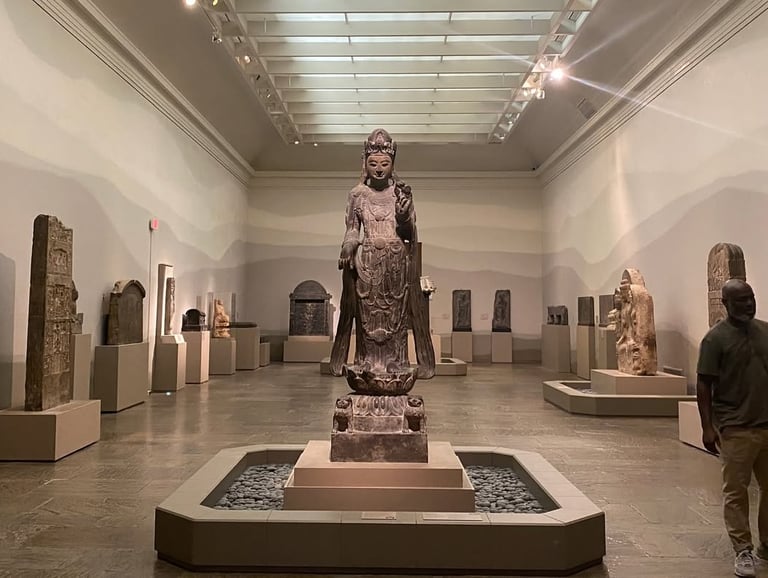

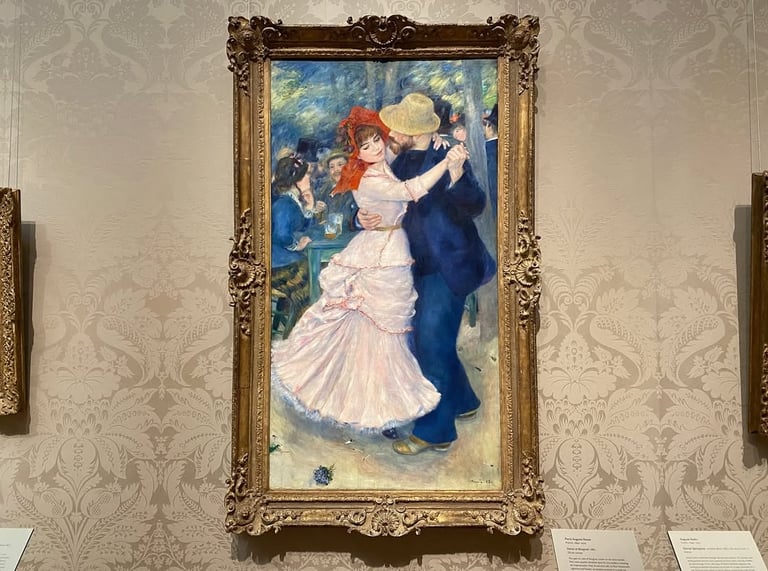

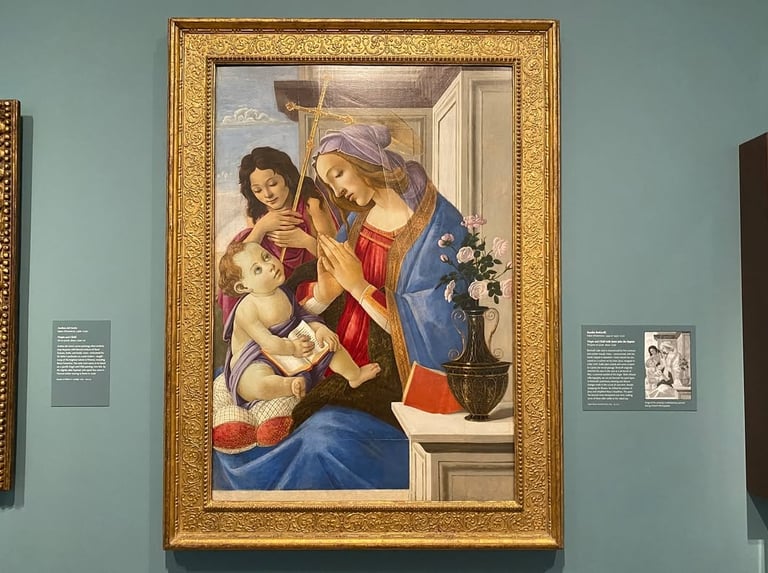

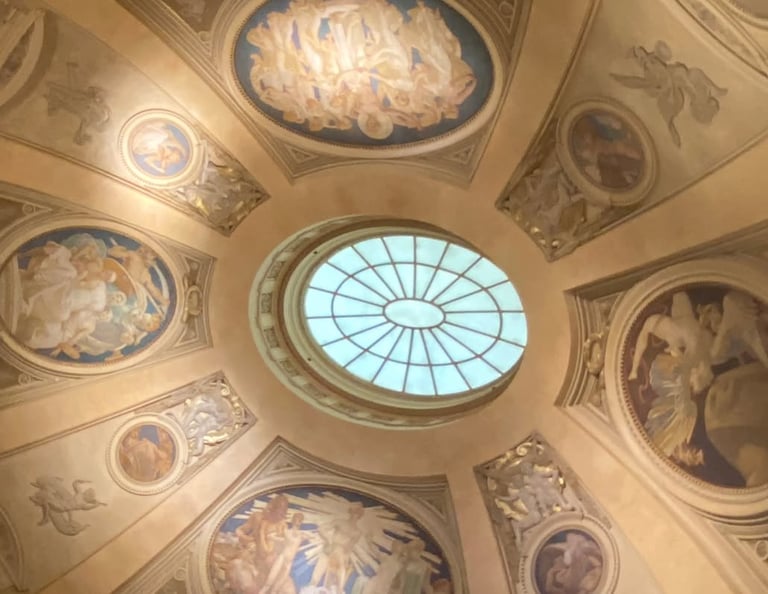

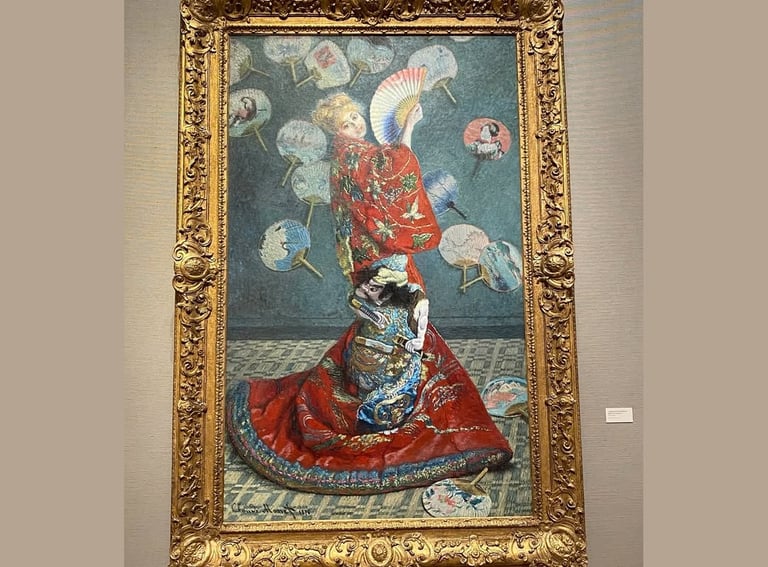

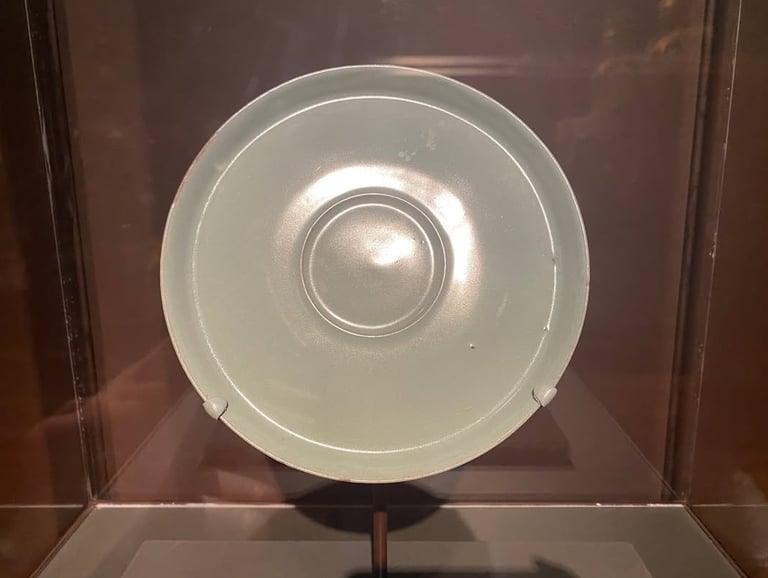

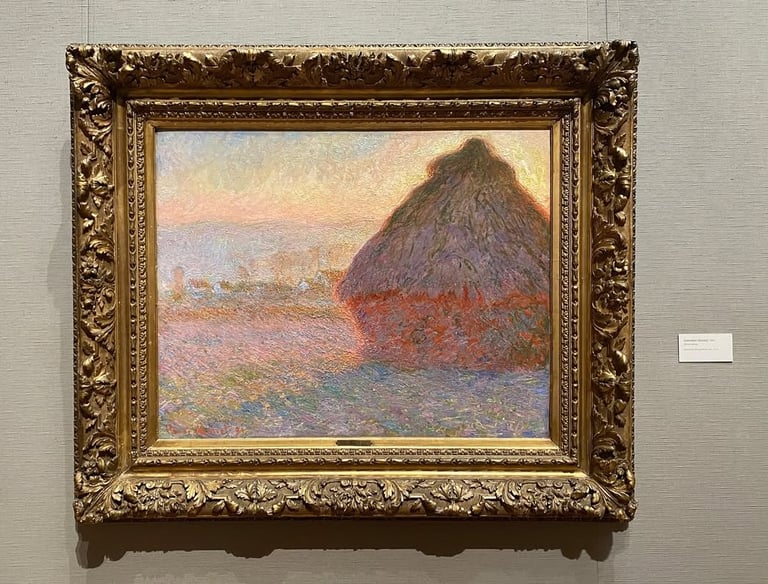

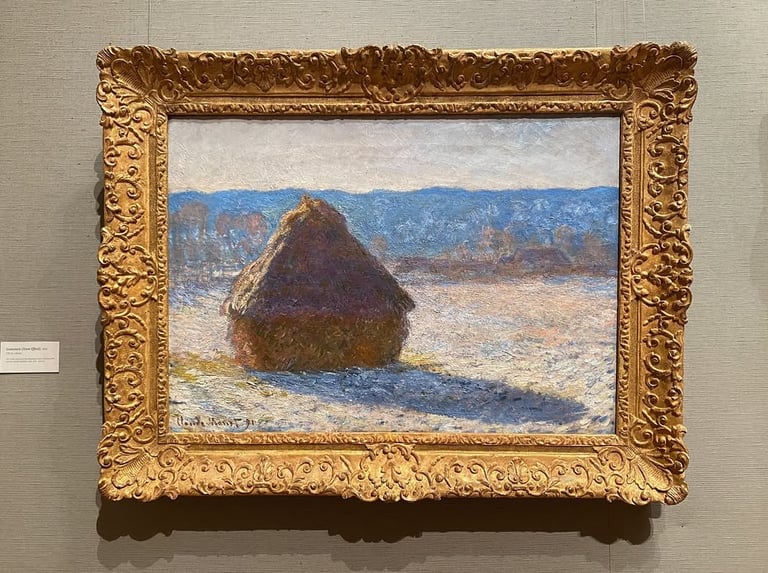

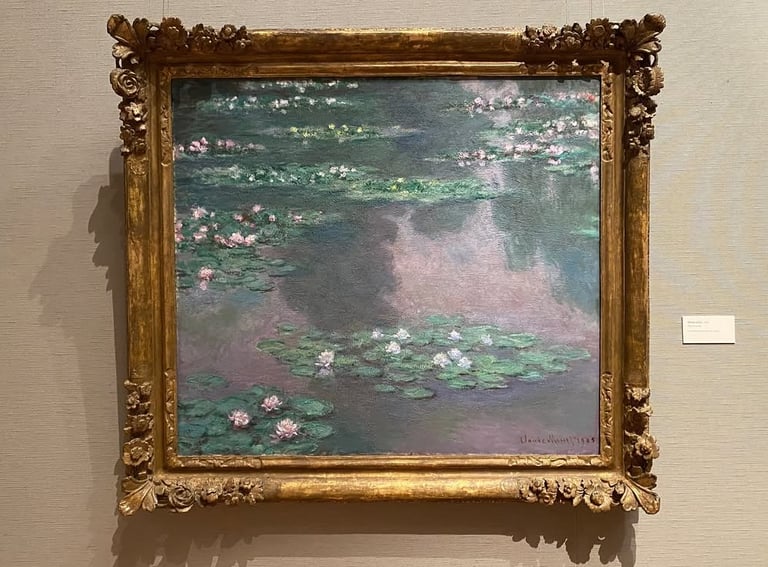

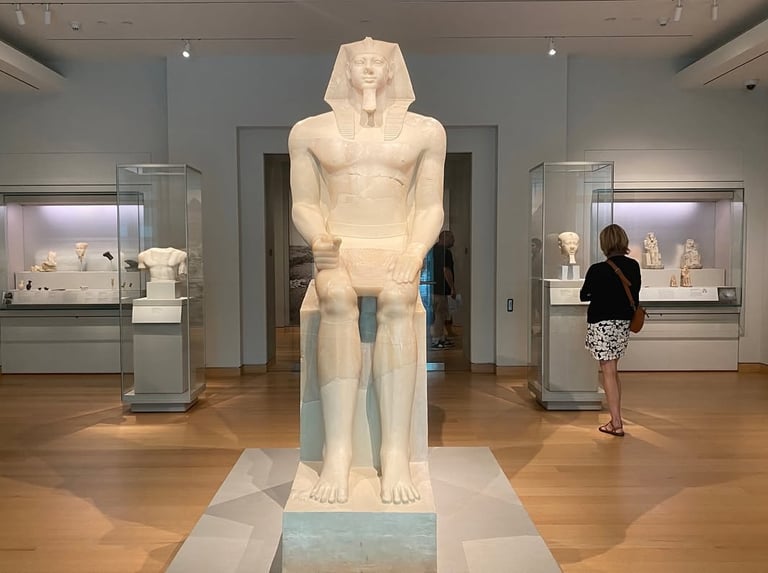

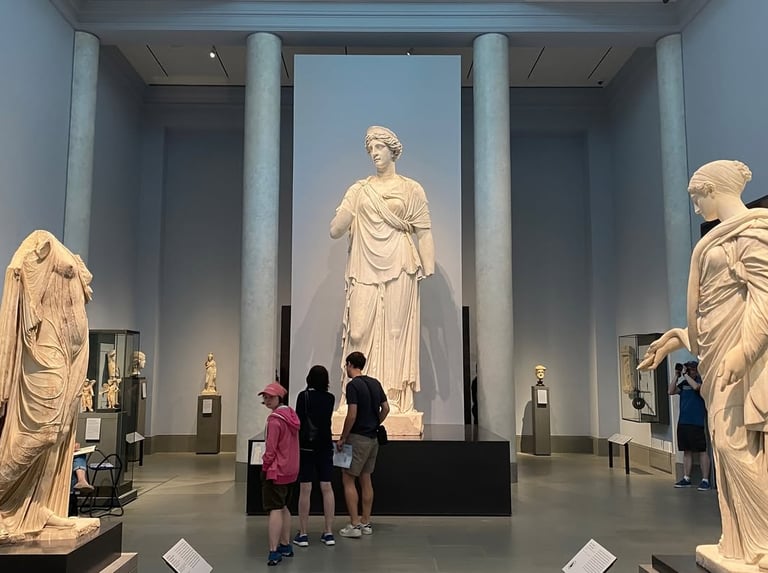

The painting features Monet’s first wife, Camille Doncieux, adorned in a striking red kimono against a backdrop of Japanese fans. Painted during a time of financial hardship, Monet created it in hopes of capitalising on the popular Japonisme trend. Ironically, he later dismissed it as “rubbish” (une saleté). Yet, this painting provides a fascinating glimpse into the cultural exchange between East and West, as well as the dilemma between artistic integrity and the pressures of making a living.


